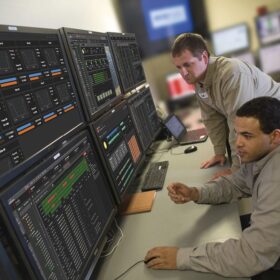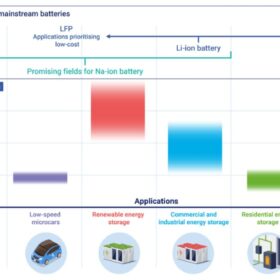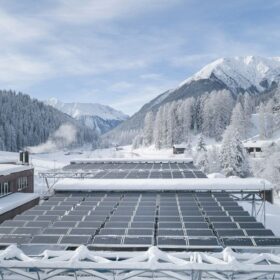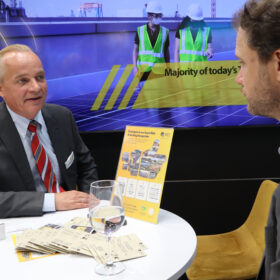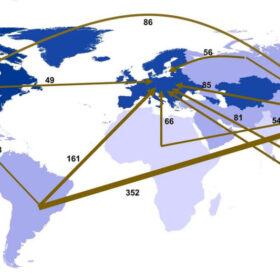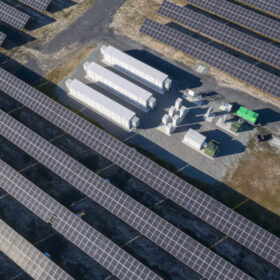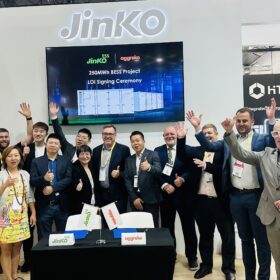Offshore floating PV demonstrator to go online in North Sea
The SeaVolt consortium says it will launch an offshore floating PV demonstrator off the Belgian port of Ostend. The main companies – Tractebel, DEME, Equans and Jan De Nul – say the anchored floating array will collect data for at least a year to scale up the tech.
New grid-forming inverter concept based on bee colony algorithm
Scientists in China have proposed to use an algorithm that simulates the behaviour of foraging bees to shape a new grid-forming inverter design. The approach is designed for both grid-connected and islanded inverters.
Autonomous robots for solar installation gain traction
Installation robots are moving from test centres to the field. American technology companies Sarcos Technology and Robotics Corporation and Terabase Energy recently announced key business developments.
Weekend read: Unify data to reduce complexity
The volume and complexity of data generated by renewables sites is growing, as are the regulatory requirements regarding its collection and delivery. Thomas Andersen, VP of renewables for U.S.-based engineer Emerson, explains how modern asset management systems can deliver better functionality and management to project operators and owners.
Modular solar tech delivers international award for Australia’s 5B
Australian modular PV array manufacturer 5B’s preassembled and relocatable modular solar technology has been awarded international honours with the United States-based World Future Awards panel naming it the best solar solution in its clean tech category.
Sodium-ion battery fleet to grow to 10 GWh by 2025
Global demand for sodium-ion batteries is expected to grow to just under 70 GWh in 2033, from 10 GWh in 2025, at a compound annual growth rate (CAGR) of 27%, according to UK-based market research company IDTechEx.
Weekend Read: Cash pours in to rooftop solar
The growth of European rooftop solar continues this year, with innovative companies raising capital to develop the market. It’s an encouraging trend with the potential to accelerate rooftop solar adoption. pv magazine correspondent Valerie Thompson takes a closer look.
Interview: REC Group CEO highlights power density, sustainability in time of oversupply
High performance and low environmental impact are set to stand heterojunction module maker REC Group in good stead in the current buyers’ market, argues CEO Jan Enno Bicker. Speaking to pv magazine at Intersolar Europe last month, Bicker said that in the rooftop segment the benefits of the company’s Alpha HJT module series shine.
Study finds growing inequality in metal footprints of renewable power value chains
An international research group has investigated the flow of iron, copper, aluminium, and other precious metals from source to end-use destination in the renewable energy infrastructure value chain. It found significant imbalances that can be attributed to the continuous outsourcing of metal demand for the renewable power sector to developing economies.
Solar will be in ‘unassailable position’ as cheapest source of electricity
Solar levelized cost of electricity will reach less than $45 (USD 30) per MWh in 2050 as global capacity grows 22-fold, said DNV.



